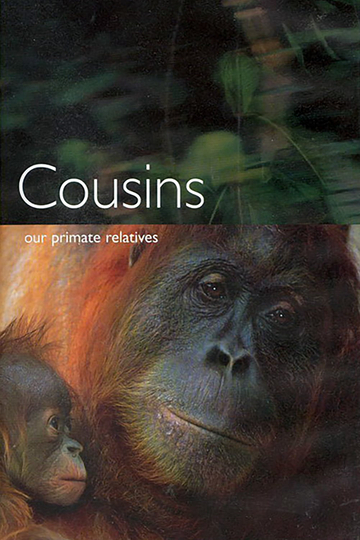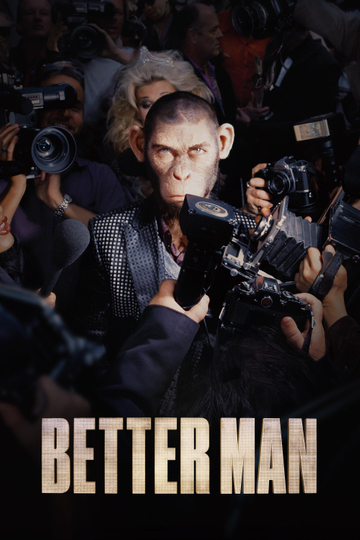Season 1 Episodes
1. First Primates
In Rwanda, Dr Charlotte Uhlenbroek finds herself grunting to a group of mountain gorillas for the first time. Accepted by these gentle giants, Charlotte finds herself the target for some laddish behaviour by two young black-back male gorillas. In the dry forests of Madagascar, Charlotte meets the smallest primate in the world, a pygmy mouse lemur that would fit in the palm of her hand. Apes and monkeys never got across to the island of Madagascar, and in their place some weird and wonderful primitive primates flourish here. Bamboo lemurs live off shoots of giant bamboo, which is heavily laced with cyanide. Golden bamboo lemurs consume what should be 12 times their lethal dose of cyanide every day and survive. In northern Madagascar, Charlotte tackles one of the hardest landscapes in the world, the limestone tsingy. Her reward is to meet some crowned lemurs that scale the vertical rock faces with apparent ease. Deep in the caves beneath she unravels the mystery of the giant
2. Monkeys
Charlotte Uhlenbroek meets the monkeys. At 3,000 metres up in the Simien mountains of Ethiopia, Charlotte encounters gelada baboons that live in groups of up to 800 individuals. The large lion-like males are busy attending to their harems and a lot of male posturing is going on. It looks fierce, but these are the teddy bears of the monkey world. In Central America, Charlotte catches the attention of some laid-back howler monkeys by howling at them. Charlotte can't climb like the monkeys, so to get up into the canopy she dons a hard hat and harness and hauls herself up to get a monkey's eye view of the world. Humans have the longest childhood of all animals, but young monkeys do stay with their parents for several years. In the remote mountains of central China, a baby golden monkey is the apple of everyone's eye. Like humans, older brothers and sisters want to hold the baby and play pass the parcel with it, until mum calls a halt to their game. Also in China, Tibetan macaq
3. Apes
Charlotte Uhlenbroek goes in search of apes. The great apes - gorillas, orang-utans, chimpanzees and bonobos - have a great deal in common with humans. They even like to take a daily siesta and make a comfortable bed in the trees. In Borneo, Charlotte gets close to the giant 'man of the woods', the shy, charismatic orang-utan. In Rwanda, with the mountain gorillas, she tries a special gorilla mixed salad. Charlotte returns to Gombe, Tanzania, where she first studied chimpanzees. Here the similarities with humans are uncanny. The chimps are making tools, using sticks to fish out ants and termites. In Guinea, the chimps are cracking open nuts using stone hammers and anvils. Like humans, they are even left or right-handed, a sure sign that their brains are similar. Chimps are also political animals. They'll groom each other affectionately and kiss and hug to bond with their family and friends, but they are equally capable of ganging up against enemies and even killing members of



























